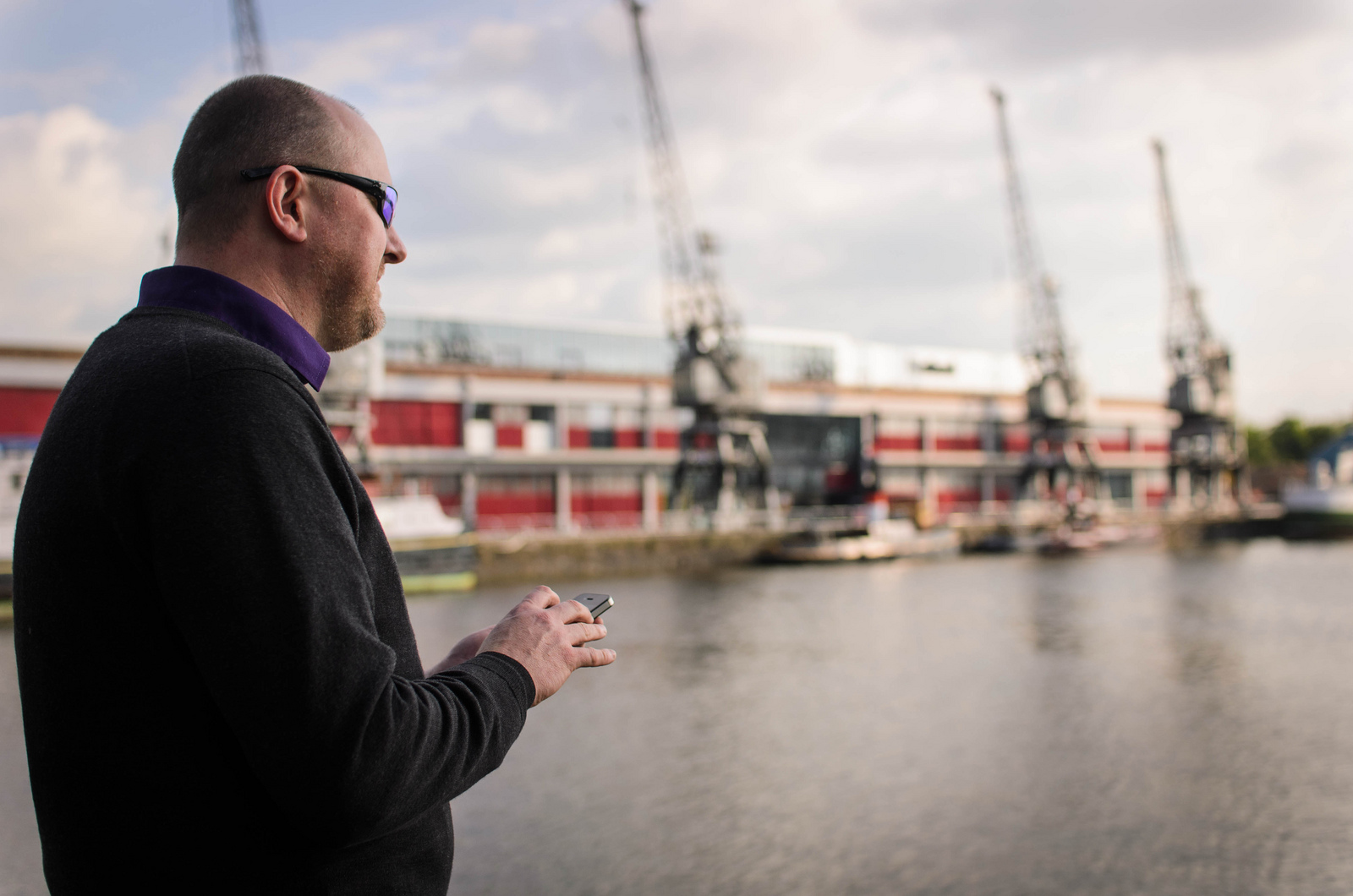An Update on Hello Lamp Post

Ben Barker
21st June 2013
This week we’ve put up the holding page for Hello Lamp Post and as the counter tells you, we’re less than a month from launch. We thought it would be worth talking about what we’ve been up to and what we’ve been finding out.
Communication
One of our key challenges has been communcating the idea, both the mechanic and the sense of fun we hope it will bring to all types of player in Bristol. So as a recap here’s our most recent attempt at explaining the project.
Codes can be found around the city that are normally used to identify public objects for maintenance and monitoring. With Hello Lamp Post we use these codes as identifiers in a city wide network of objects. These codes allow you to either ‘wake up’ a sleeping object or learn what other people have been saying to one that is already awake. Will it be pleased to see you? Irritated at having been left in the rain? Or will it tell you a secret? Each exchange will last for a few messages and you will be encouraged to come back and talk to the object some more another day. The more you play, the more the hidden life of the city will be revealed. Objects might even start to get attached to you if you talk to them a lot.
Trailer
There is also a trailer that we hope gives people a sense of how the interaction will feel and what the cumulative effect of it will be.
Playtesting and the Mechanic
We don’t want to give too much away about the content, but a lot of our work has focused on the balance between giving the objects personality, and their responsibility to convey the personality of the people of Bristol. We started off building quite characterful objects with recognisable personalities, but we quickly realised that acting like a logic system is more honest to what they are, the personality comes from the people on the system.
At an earlier playtest we explored the idea that people would speak to the whole of Bristol through the objects, not just the object they were stood in front of. Though this meant there was a lot more content to explore, the disconnect from place and narrative – one of the core aspects of our proposal – was lost and the players told us that. So on the second day of testing we moved back to the much more object-centric conversation which vastly improved the experience, though the cost is that people see less user content. Thanks to everyone who helped with playtests, we’ve learned a lot from your input.
At our most recent playtest we settled on mechanic that is mix of the both object specific content and ideas from other parts of the city, so we can facilitate a city wide communication as well as location specific ideas to emerge.
Tom expands on what this play testing does and our overall process:
It’s one of continual prototyping and slow evolution. We’ve always had the basic idea of what a conversation should feel like – but it’s turned out to be the details of the implementation that’s most important. So we’ll explore what a conversation might feel like first with pen and paper – drawing up flowcharts, sample dialogue – and once we have some logic laid out, we’ll code it up and see what it feels like when it’s in your hand, on a small screen – and see what all the edge cases we hadn’t thought about lead to! And then we’ll iterate on that.
We playtest it a lot: both with friends and colleagues in the studio, but also on site in Bristol. We’ve tried it with several groups down there over a number of visits, and it’s been really interesting to see how they’ve responded to it; each time we go back, the new improvements lead to even more useful feedback.
An Internet for Things

Another point that comes up a lot in discussion is around the Internet of Things. In someways this wasn’t a huge part of our thinking – the idea grew from a desire to record and encourage sharing of experience in the city. Yet as designers practicing today, we were inevitably influenced by the IoT (and for me a big part of my design education was with Alex and Tinker). Though the project arrives at a time when the IoT is being talked about more and more, the challenge with Hello Lamp Post has been almost an opposite. Rather than giving networks more human and tangible presence, our objects were already there, integrated into the city and with their own stories, our challenge was to create a playful, human network for them to live on.





